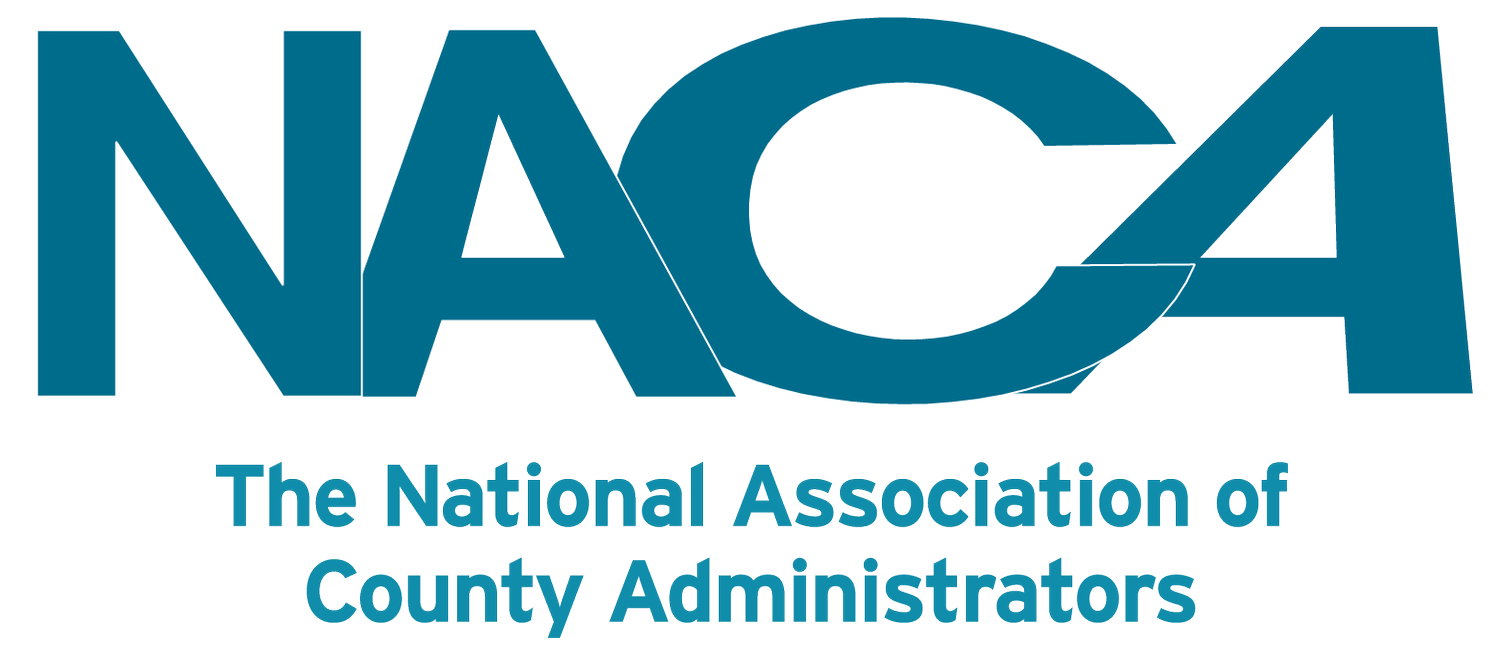National Safety Month 2025: Why County Administrators Must Lead on Safety
Every June, National Safety Month—established and organized by the National Safety Council (NSC)—serves as a nationwide call to action to reduce preventable injuries and deaths at work, on the road, and in our communities. For county administrators, this observance is not just a calendar event; it is an opportunity to safeguard public employees, residents, and county finances.
Why National Safety Month Matters for County Managers
Preventable Injuries Are a Leading Threat: In 2022, unintentional injuries were the third leading cause of death in the U. S. Counties, as major employers and service providers, are uniquely positioned to address these risks through policy, training, and community engagement.
Financial and Operational Impact: Workplace deaths and injuries drive up costs, disrupt services, and reduce productivity. Employers that implement safety and health programs can significantly reduce injuries and illnesses and related costs.
Responsibility: “Counties are important partners in ensuring the safety and well-being of our residents, and, in much of the United States, they play a crucial role in supporting our local communities by providing essential services and infrastructure.” (source) County administrators help to keep a safe environment for employees, their community, and “keep counties resilient in the face of unexpected changes” (source). “Counties are diverse in structure and how we deliver services to our residents, yet we all share the vision of achieving health, safe and vibrant counties across America. Counties Matter.” (source)
Community Leadership: By championing safety, county governments set the standard for local businesses and residents, fostering a culture of safety and health that extends beyond government offices.
2025 Safety Topics & Resources
Each week in June, National Safety Month 2025 will highlight one of four themes, each relevant to county operations. The links below will include videos, webinars, quizzes, articles, fact sheets, and skills resources.
Continuous improvement: Topics to focus on this week could include near-miss reporting, improving workplace safety culture, and implementing a JSA program. The first week of June is also National CPR and AED Awareness Week so promoting First Aid training is a great idea!
Employee engagement: Employee engagement improves workplace safety by encouraging active participation, awareness, and accountability in identifying and preventing hazards.
Roadway safety: Driving causes the most work-related deaths. Millions of people required to drive for work receive minimal or no formal training. Give your drivers the knowledge and skills to drive safely.
Wellbeing: A comprehensive approach to workplace safety must consider the underlying causes leading to or contributing to injuries that may not be visible to the human eye. This is the focus of workplace wellbeing, an expansive topic area considering the impact of many wellbeing-related risks to workplace safety and health, from fatigue and psychological safety to substance use and mental health.
Non-members of the National Safety Council can sign up for a month’s worth of free resources or visit the NSC website. This year’s resources include:
Campaign Poster
Weekly 5-Minute Safety Talks and Quizzes
Weekly Videos, Articles, and Facts & Figures
Go Green for Safety Sign
SafeAtWork Pledge
Other resources include:
Subscribe to the ICMA SmartBrief on Public Safety, which focuses on the key trends, news, emerging technologies, and government regulations that impact the public safety sector.
Visit the CDC’s National Institute for Occupational Safety and Health (NIOSH) for information and resources on a variety of workplace safety and health topics.

